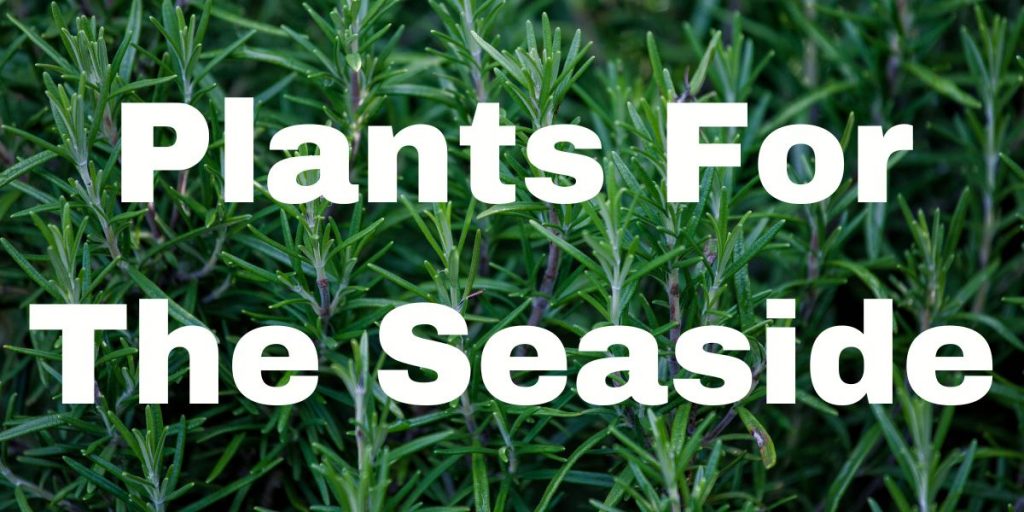PLANTS FOR THE SEASIDE GARDEN
If you have a home or summer place along the shores of Puget Sound or the ocean beaches, you should be a little more selective about the plants you use in the landscape. However, there are many colorful trees, shrubs, vegetables and flowers that do well in these areas.
Winter winds and salt spray are troublesome conditions for some plants. However, in some of the sheltered areas, the range of plants one can use is even greater than in the average garden. After a severe storm, the spray of salt can be washed off with the garden hose before it burns the leaves of exposed plants.
Generally, the soil near the ocean or the Sound tends to be quite sandy and fairly well drained. The goal will be to provide soil moisture year-round without letting the plants sit in over-wet soil, especially during the winter. Take the time to properly-prepare the soil before any trees or shrubs are planted. Of course, this is especially true in cases where the plants will get very limited care.
You can mix generous quantities of peat moss or coconut coir with your existing soil, or often you can substitute leaf mold from the nearby woods (providing the owner of the property is agreeable). Mix well-rotted or processed manure into the planting hole, along with some bone meal. Also, it is a good practice to add an all-purpose, non-burning transplanting or planting fertilizer. Thoroughly mix all these materials with the existing soil. Then you are ready to plant.
Vegetable Gardening Near the Seaside
When growing veggies near saltwater, raised beds are your best bet. Amend each year with plenty of organic matter, and use a soil testing service if yields aren’t good. If your garden is in a windy area, or exposed to a lot of salt spray, consider wind blocks and row covers if they’re getting hit with salt spray. With the proper protections and soil amendments you can grow wonderful vegetables near the sea. Here are a few vegetables that do better with salty soils than others:
Asparagus takes a few years to get going, but makes a wonderful seaside perennial.
Beets are hardy and handle salt well.
Bell peppers are fairly salt tolerant, but will need heat and sun, as well as a wind block if you are in a windy area.
Broccoli and cabbage handle salt moderately well, but will need plenty of organic matter to grow properly.
Kale is wonderfully tolerant and hardy, and handles salt well.
Spinach is salt tolerant and hardy. Seaside is a particularly good variety for salty conditions, as you might guess.
Tomatoes can do well in a coastal area, provided they have a wind block and enough sun. Consider planting them along a south facing wall.
Seaside Flowers
Lavender likes sandy soil and grows well near the beach, making it an ideal seaside bush.
Portulaca is a tough flower that tolerates drought and often self-seeds.
Red Hot Pokers do well with heat and drought, and can withstand salty soil.
Shasta daisies don’t mind salty soil, and spread like wildfire if allowed free range.
Hydrangeas do well with sandy soil and wind, but need to be kept well-watered through the summer.
Poppies, particularly California poppies, do well on northwest coasts.
Salt-spray roses, known as Rosa rugosa, do well near salt water, provided they have plenty of organic matter. Check that they aren’t invasive to your area before planting.
Here are a few suggestions on some of the sturdy plants to use near salt water:
SCREENING SHRUBS AND TREES
Cypress – Many different types, in various growing heights, are suitable as wind-break or privacy screens.
Ceanothus – The attractive blue flowers of this evergreen are really attractive near the water. It likes a rather dry soil to grow at its best. Can be grown as a hedge or screen, or it can be used as a specimen plant for landscaping purposes. The low-growing variety of Ceanothus gloriosus is a good ground cover.
Pines – The Scotch and coast pines are good evergreen trees to use for privacy screens or as wind-breaks. They can be left to grow naturally or can be trimmed and trained.
Firethorn – Pyracantha – The white spring flower clusters and red berries in the fall and winter make this a showy plant for individual use or as a free-standing screen.
LANDSCAPE SHRUBS
Escallonia – A versatile plant, available in many different flowering varieties. Summer flowers cover the plants for a couple of months. The varieties of Rosea, Rubra, Alice and Apple Blossom are good ones to use.
Mugho Pines – Well adapted to areas close to salt water. Their texture blends well with the other evergreens.
Azalea Mollis – Give it just a little protection from direct salt spray and this deciduous azalea really does well. The brilliant blooms in white or pastel pinks, salmon and rose to red, are really colorful in springtime.
Arbutus Unedo – The “strawberry tree” has flowers followed by decorative fruit that looks like strawberries. Broad evergreen leaves make an attractive texture in the garden.
Broom – Cytisus – Many varieties are available. The Moonlight broom that is so often used along-our freeways is especially attractive in the seaside garden. Soft yellow flowers appear in April and May.
GRAY FOLIAGE PLANTS
Senecio Greyi – A fine gray foliage plant that can easily be kept bushy and attractive by simple pinching or pruning. Yellow flowers detract from the leaf color and should be removed.
Rosemary – Attractive gray-green leaves and colorful blue flowers in springtime. Good for bedding or container plantings; also makes a fine ground cover.
Dusty Miller – Cut-leaf, gray leaves are showy. Needs to be pinched and pruned to keep it compact. Remove yellow flowers as they appear.
Needless to say, the list could be much longer. The degree of exposure to wind and water will actually determine how selective you must be. For example, in many areas rhododendrons and camellias will do very well if they have limited protection; likewise, evergreen azaleas can often be used.
Enjoy your garden near the saltwater. Local, established landscapes will undoubtedly give you many additional ideas as to plants you can use.
Seeds For Seaside Gardens
-
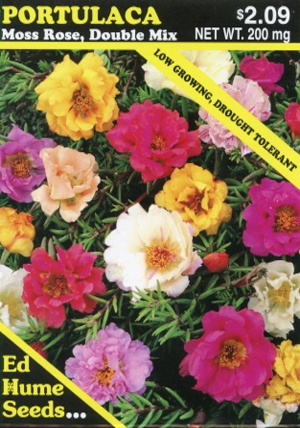 Portulaca – Moss Rose, Double Mix$2.09
Portulaca – Moss Rose, Double Mix$2.09 -
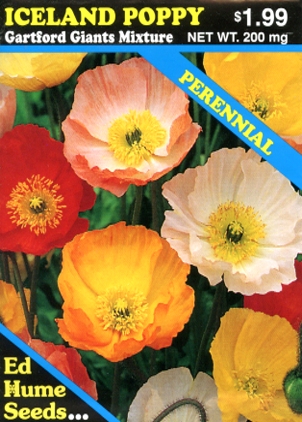 Iceland Poppy – Gartford Giants Mixture$1.99
Iceland Poppy – Gartford Giants Mixture$1.99 -
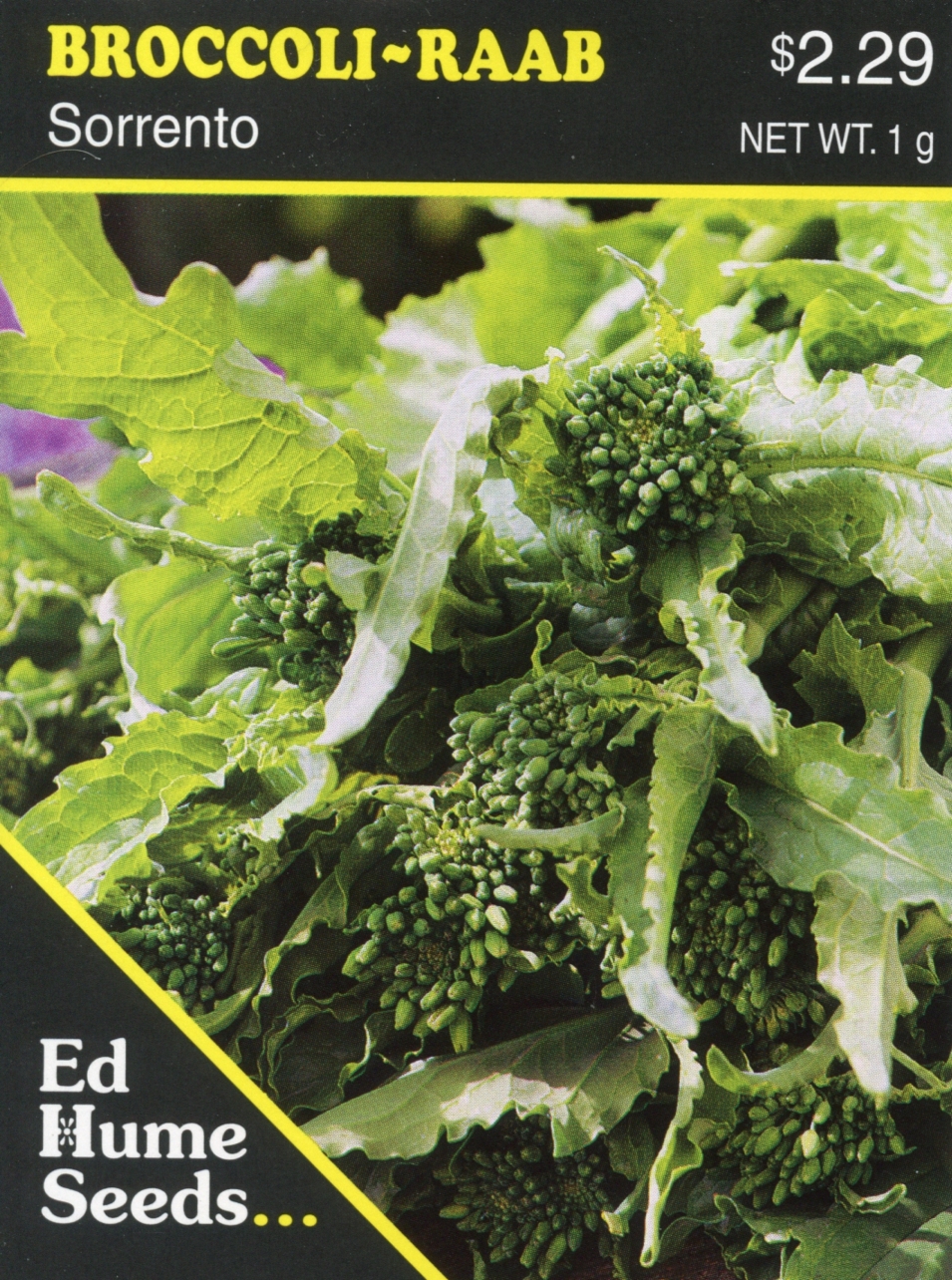 Broccoli-Raab – Sorrento$2.29
Broccoli-Raab – Sorrento$2.29 -
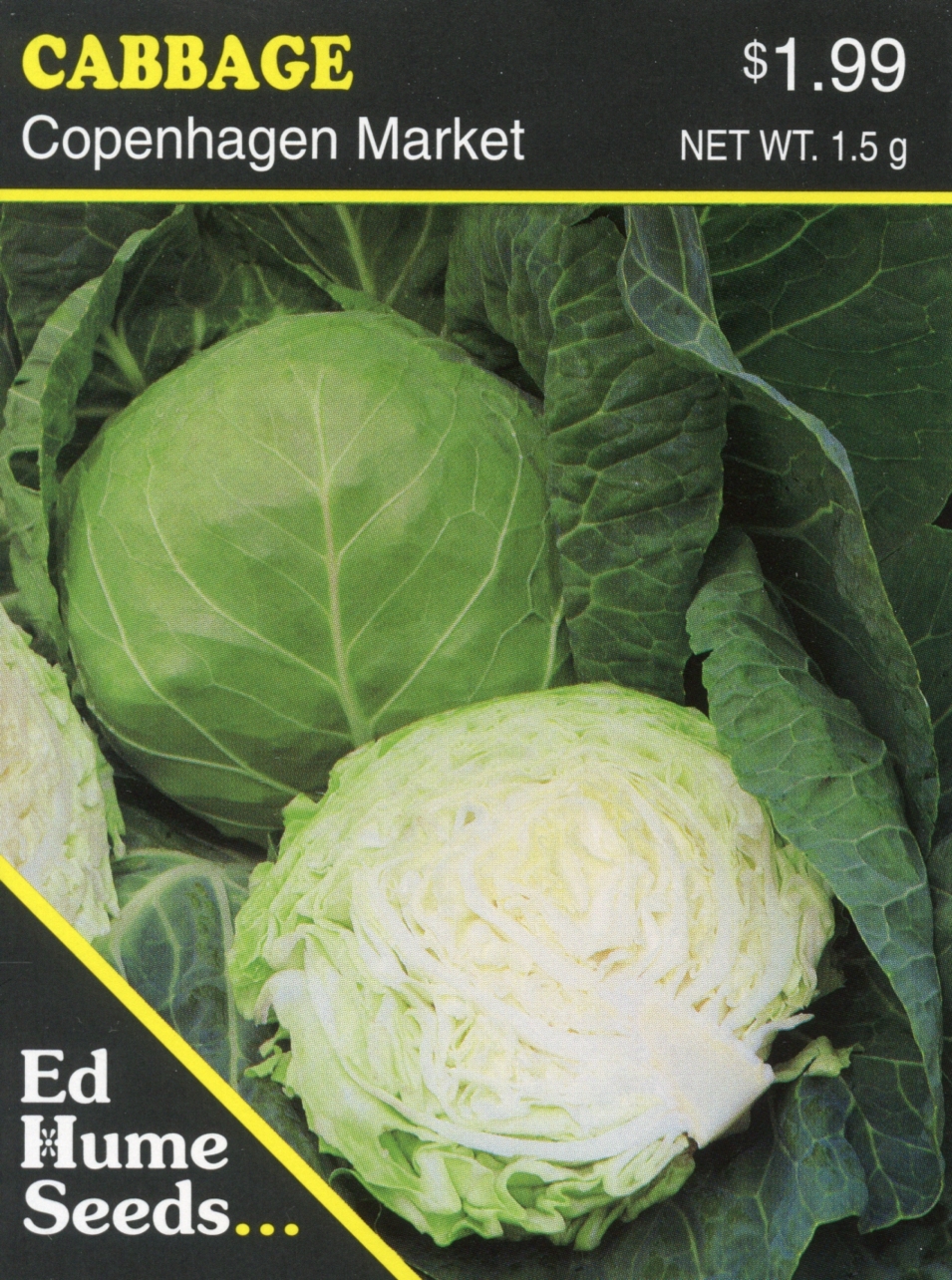 Cabbage – Copenhagen Market$1.99
Cabbage – Copenhagen Market$1.99 -
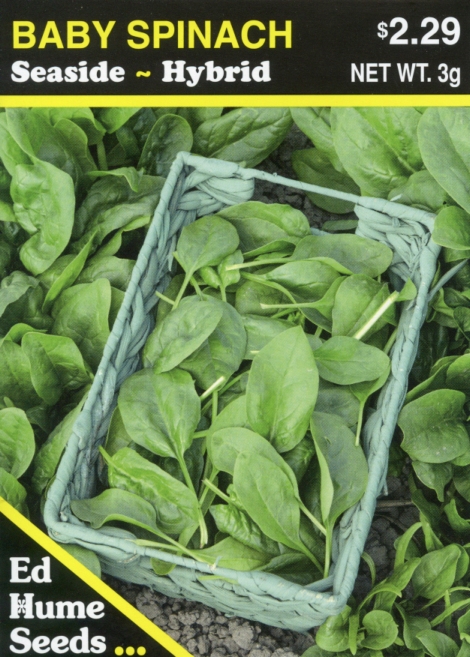 Spinach, Baby – Seaside, Hybrid$2.29
Spinach, Baby – Seaside, Hybrid$2.29 -
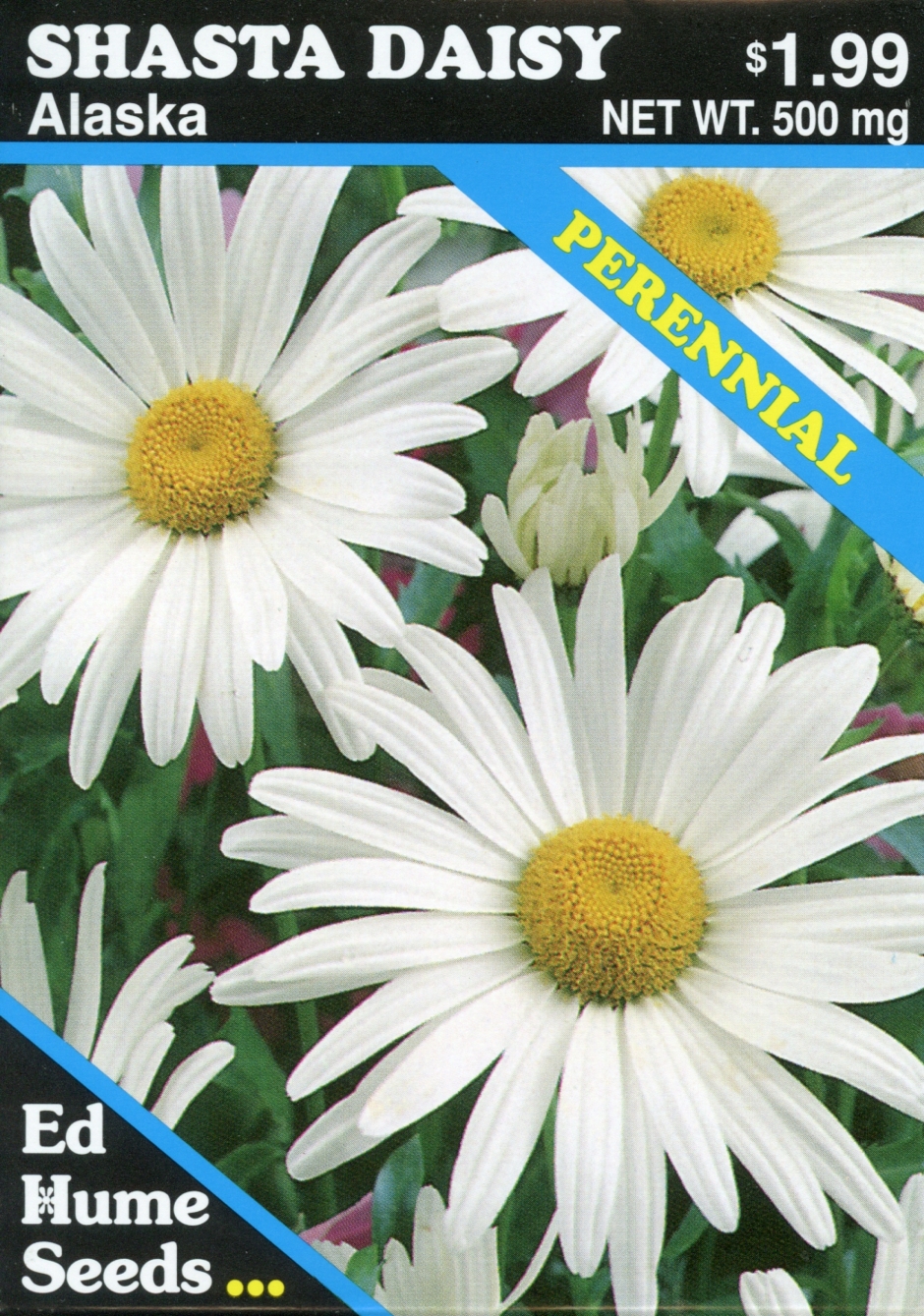 Shasta Daisy – Alaska$1.99
Shasta Daisy – Alaska$1.99 -
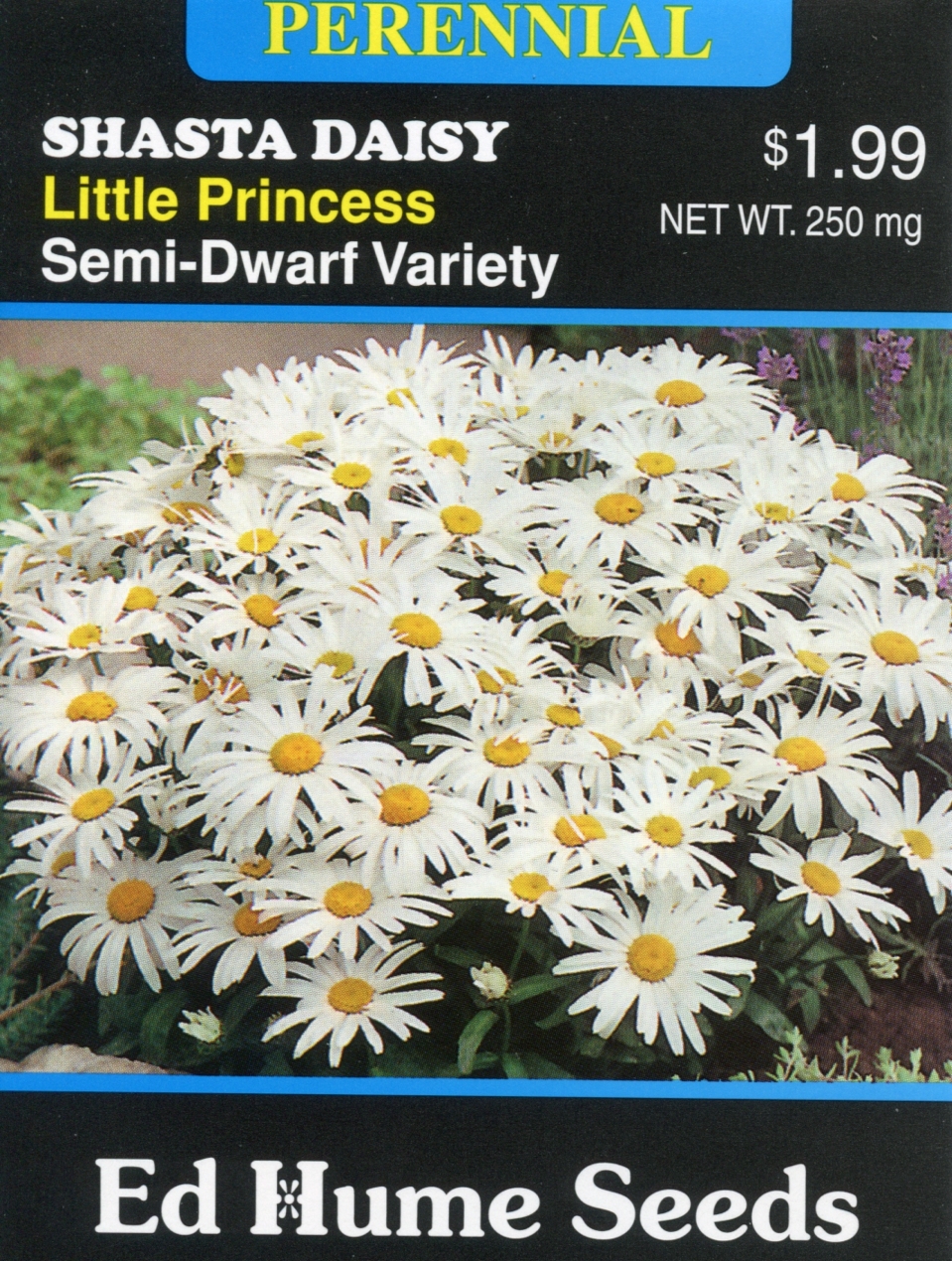 Shasta Daisy – Little Princess, Semi-Dwarf$1.99
Shasta Daisy – Little Princess, Semi-Dwarf$1.99 -
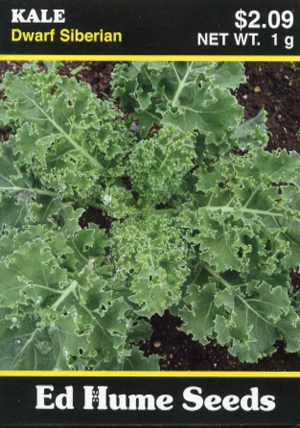 Kale – Dwarf Siberian$2.09
Kale – Dwarf Siberian$2.09 -
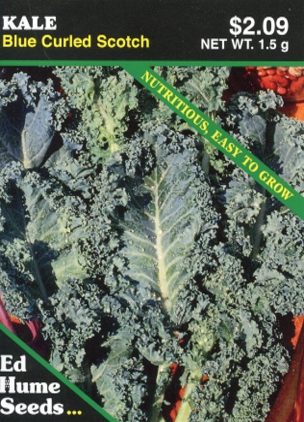 Kale – Blue Curled Scotch$2.09
Kale – Blue Curled Scotch$2.09 -
 Tuscan Kale – Lacinato$1.99
Tuscan Kale – Lacinato$1.99 -
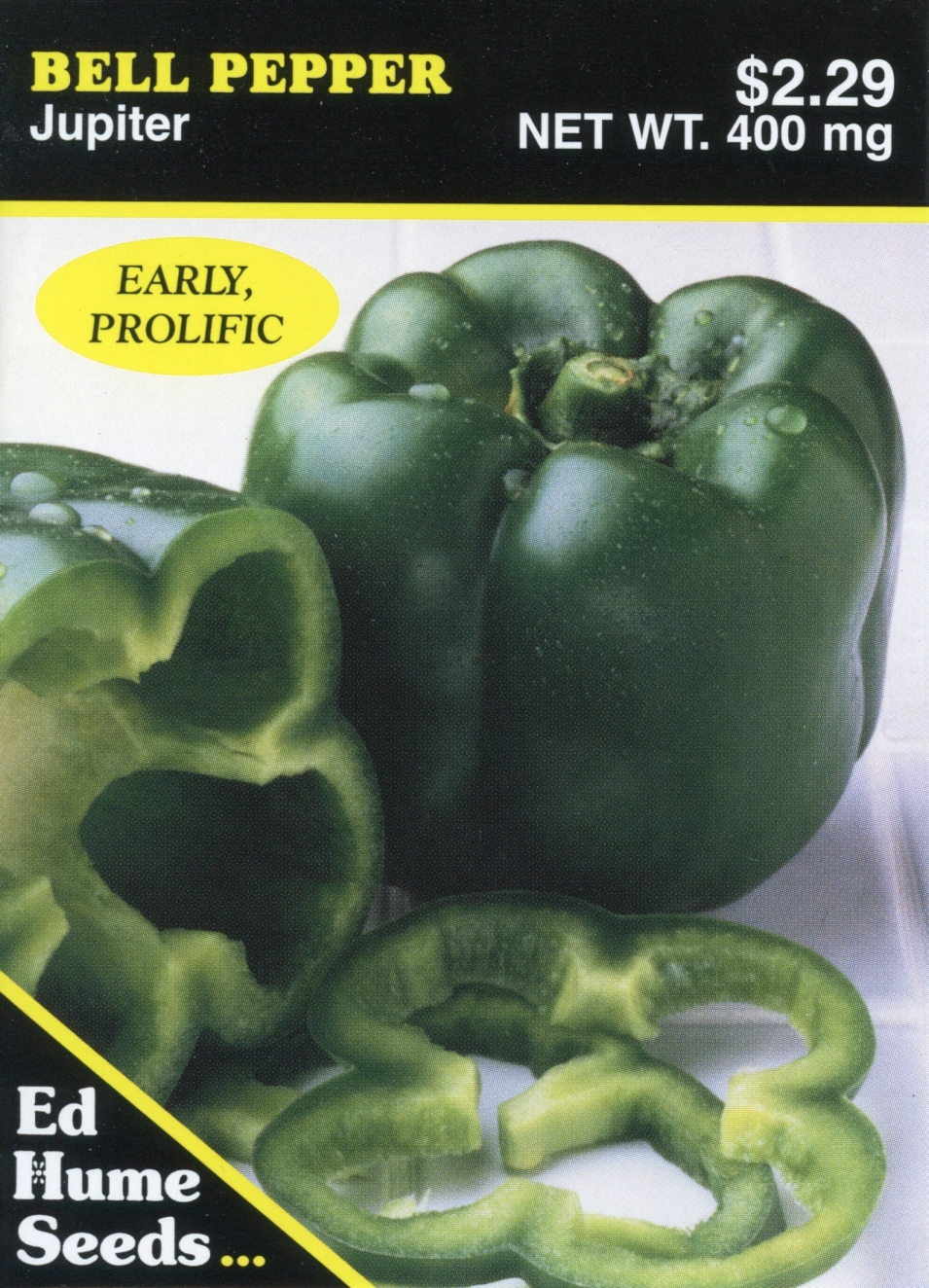 Pepper, Bell – Jupiter$2.29
Pepper, Bell – Jupiter$2.29 -
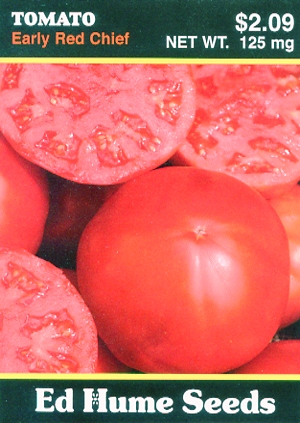 Tomato – Early Red Chief$2.09
Tomato – Early Red Chief$2.09 -
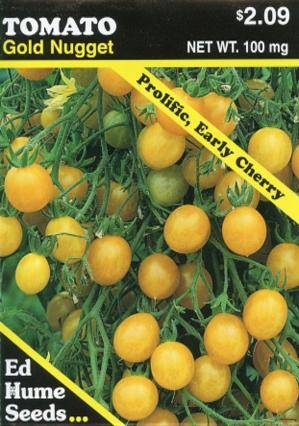 Tomato – Gold Nugget$2.09
Tomato – Gold Nugget$2.09 -
 Spinach – Bloomsdale Organic$2.59
Spinach – Bloomsdale Organic$2.59 -
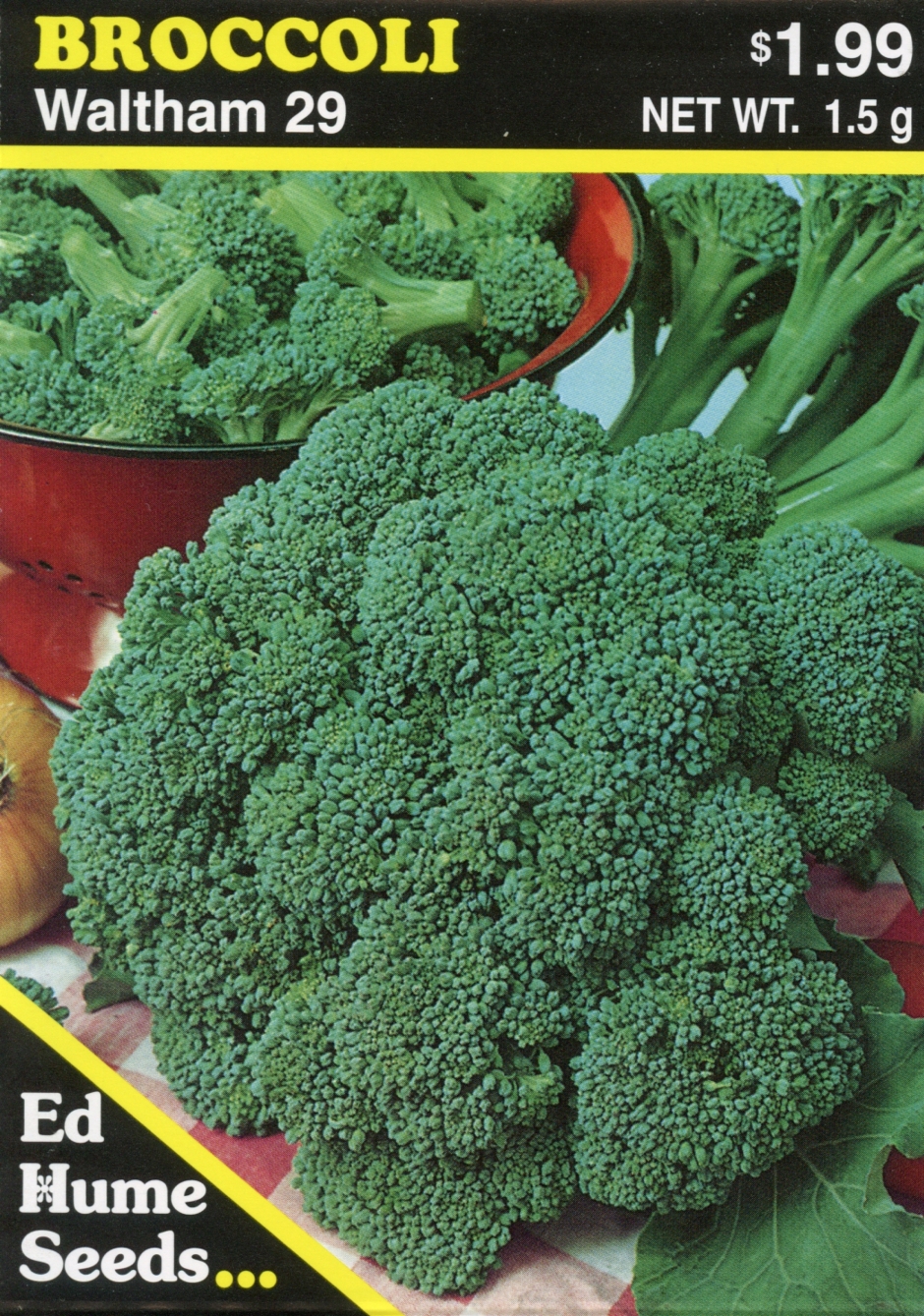 Broccoli – Waltham 29$1.99
Broccoli – Waltham 29$1.99 -
 California Poppy – Mixed Colors$1.99
California Poppy – Mixed Colors$1.99 -
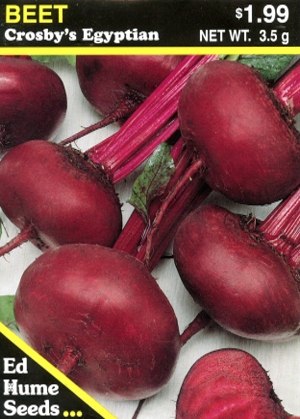 Beet – Crosby’s Egyptian$1.99
Beet – Crosby’s Egyptian$1.99 -
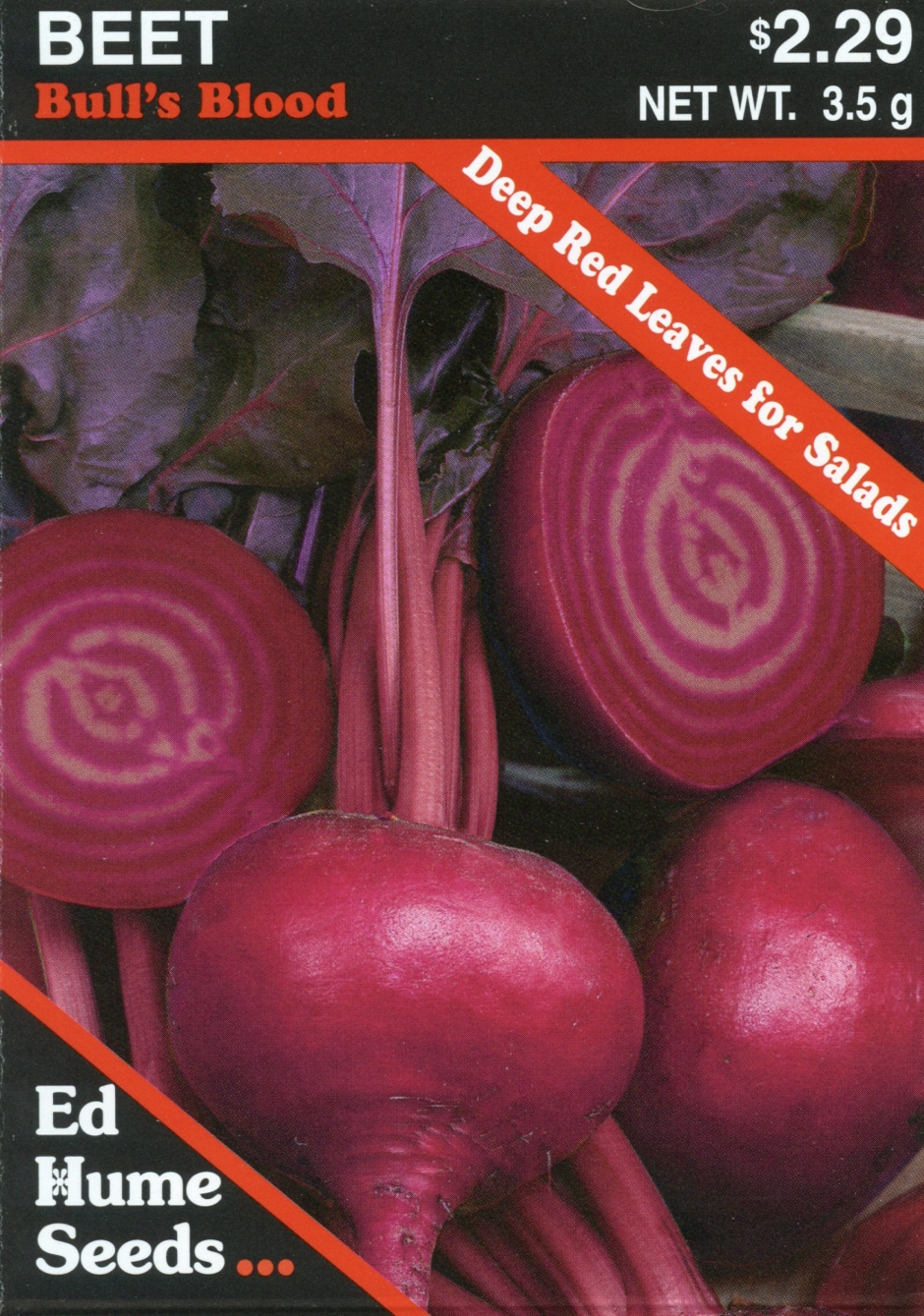 Beet – Bull’s Blood$2.29
Beet – Bull’s Blood$2.29 -
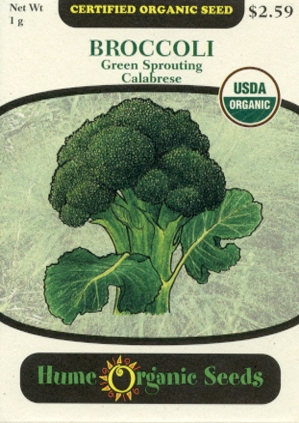 Broccoli – Green Sprouting Calabrese Organic$2.59
Broccoli – Green Sprouting Calabrese Organic$2.59 -
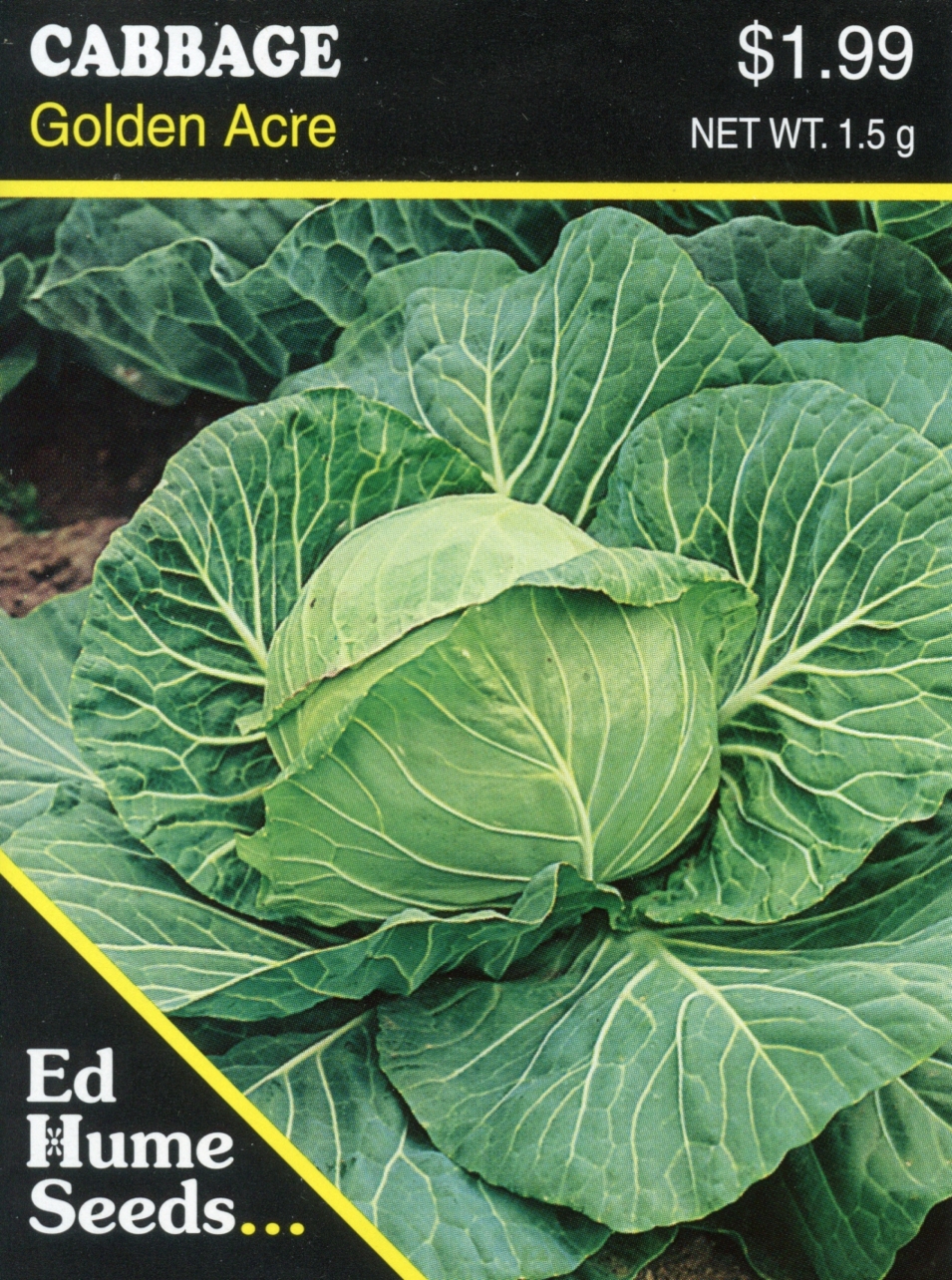 Cabbage – Golden Acre$1.99
Cabbage – Golden Acre$1.99 -
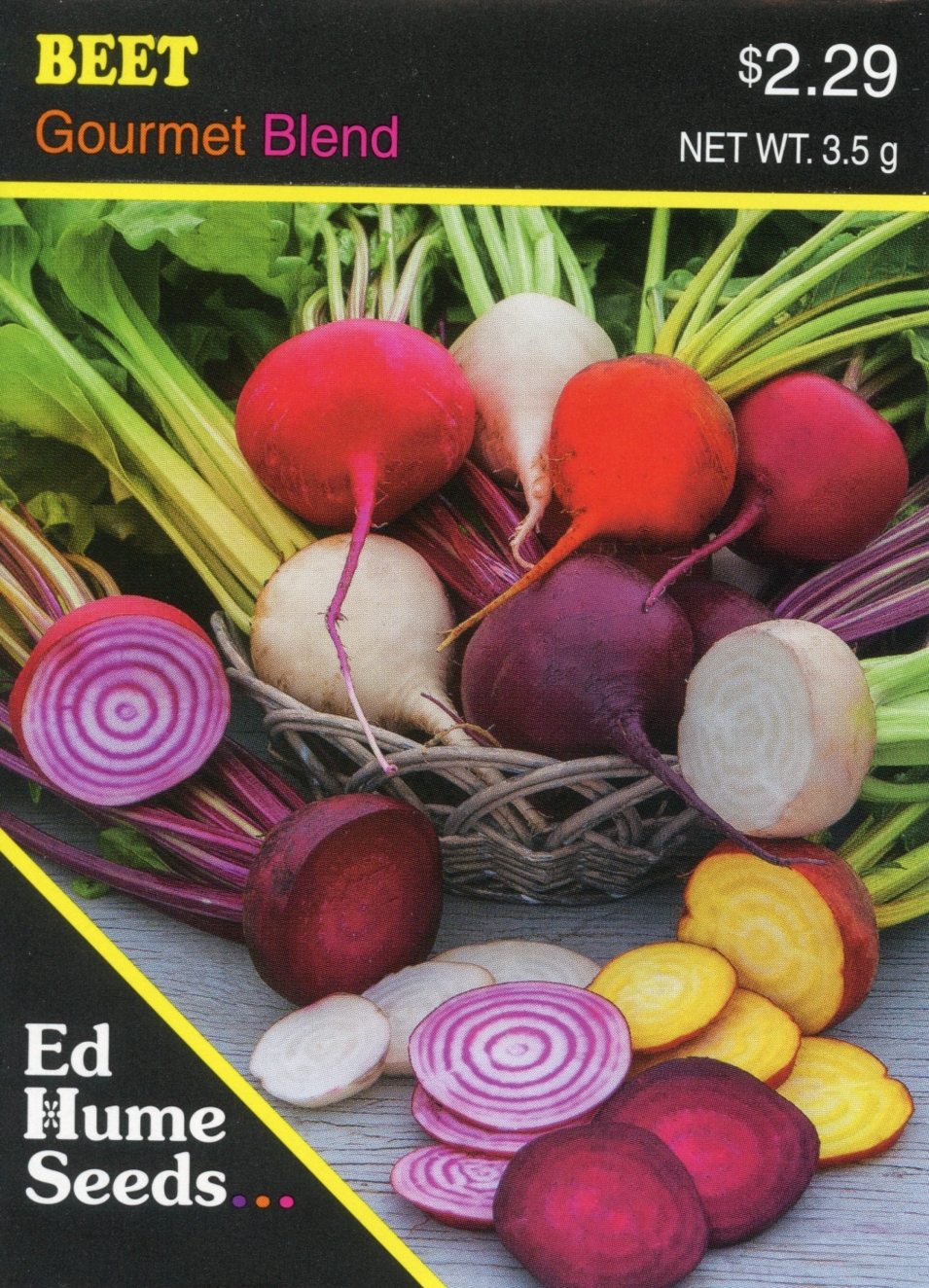 Beet – Gourmet Blend$2.29
Beet – Gourmet Blend$2.29 -
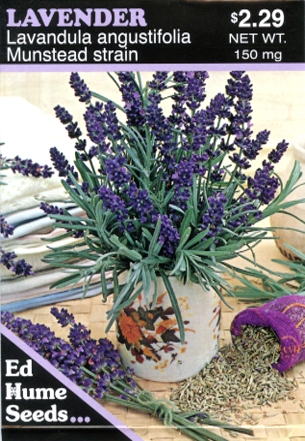 Lavender – Lavandula Angustifolia$2.29
Lavender – Lavandula Angustifolia$2.29 -
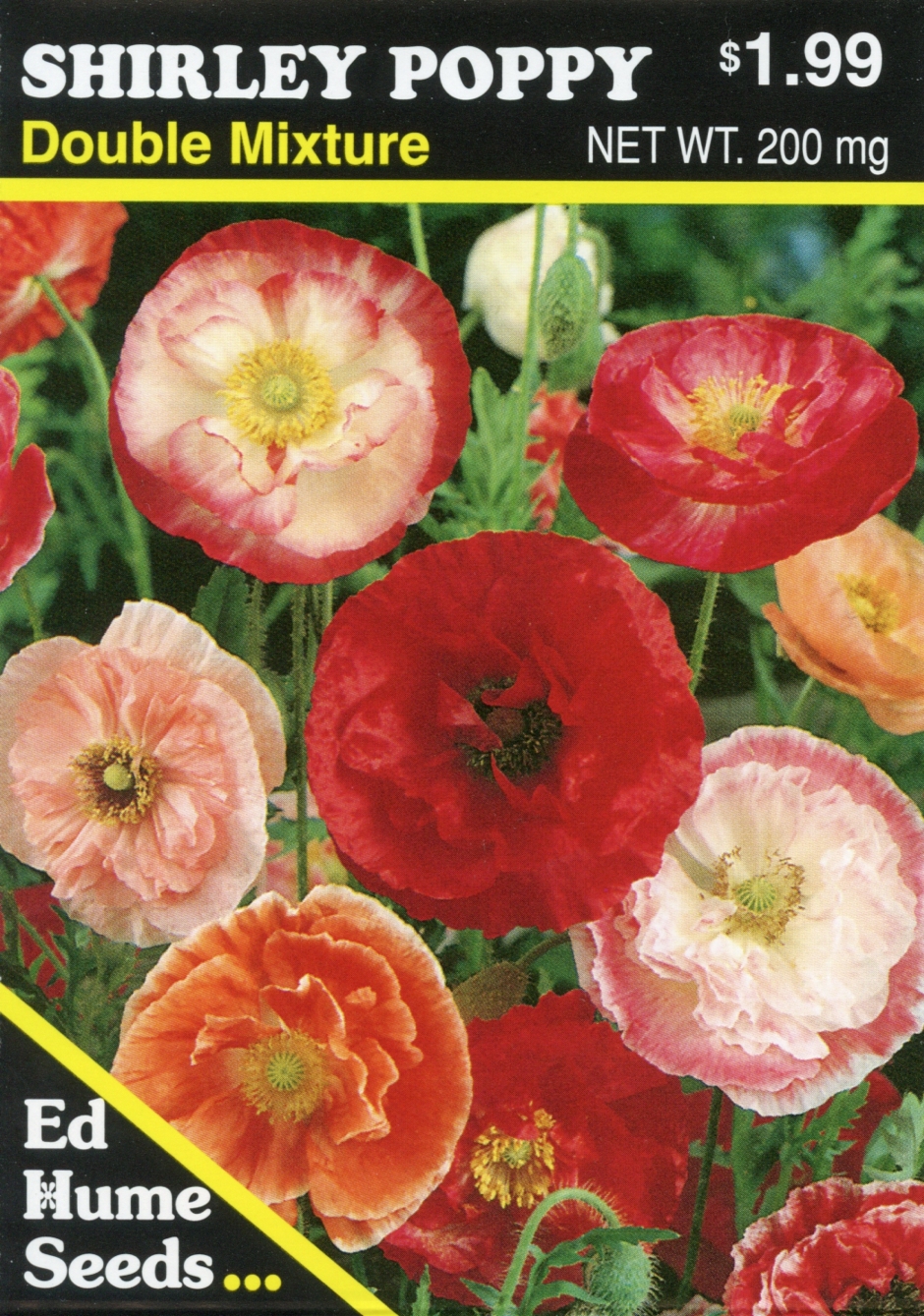 Shirley Poppy – Double Mixture$1.99
Shirley Poppy – Double Mixture$1.99 -
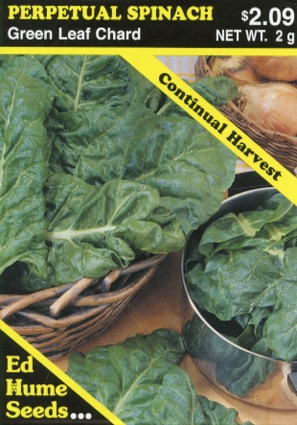 Perpetual Spinach – Green Leaf Chard$2.09
Perpetual Spinach – Green Leaf Chard$2.09 -
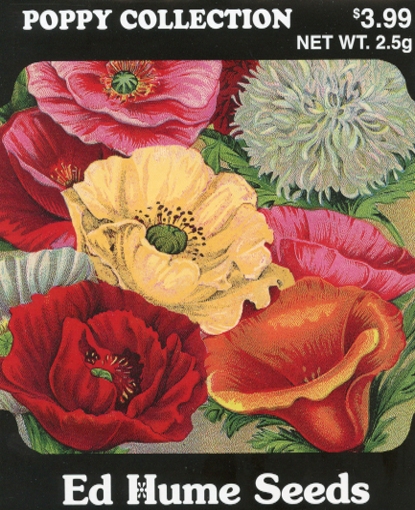 Poppy Collection$3.99
Poppy Collection$3.99
